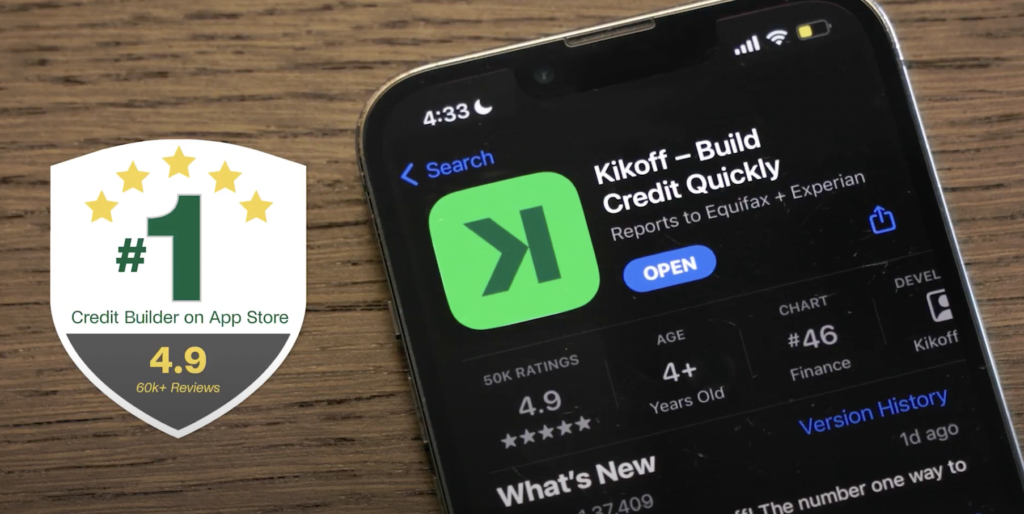Buying a home is exciting, but it also comes with a lot of moving parts. One of the most important early steps is getting pre-approved for a mortgage. If you’re considering an FHA loan, pre-approval not only shows sellers you’re serious, it also gives you a clear picture of what you can afford before you start house-hunting.
Here’s what FHA pre-approval means, what lenders are looking for, and how to put your best foot forward.
What Does FHA Pre-Approval Mean?
Pre-approval is when a lender reviews your credit and finances, including income, credit, debts, and savings, and gives you an estimate of how much they’d be willing to lend you. It’s not a final loan approval, but it’s a strong signal to real estate agents and sellers that you’re a qualified buyer.
Think of it as a financial green light: you’ll know your budget, and sellers will know you’re ready to make a move.
Step 1: Check Your Credit and Finances
Before you even talk to a lender, it helps to know where you stand. FHA loans are flexible, but credit scores still matter:
- FICO score of 580 or higher: You’ll likely qualify for the minimum 3.5% down payment
- FICO score of 500–579: You may still qualify, but you’ll need a significantly larger down payment, possibly 10% down or more.
Lenders also look at your debt-to-income ratio (DTI). Typically, FHA expects your total monthly debt, including your new mortgage, to be under 43% of your income. Some lenders stretch this to 50% with strong compensating factors like steady income or extra savings.
Tip: If your score is lower than you’d like, even small improvements such as paying down revolving debt can strengthen your application.
Step 2: Gather the Right Documents
Pre-approval is document-heavy, but being prepared makes the process smoother. Most lenders will ask for:
- Recent pay stubs or income statements (30 Days worth)
- W-2s and tax returns (usually the past 2 years)
- Bank statements and retirement or savings account balances that show the source of the downpayment
- Records of debts such as credit cards, auto loans, or student loans
- ID and proof of legal U.S. residency
Having these ready upfront can speed up your timeline and reduce back-and-forth.
Step 3: Choose Your Lender and Apply
Not all FHA lenders are the same. While FHA sets baseline rules, individual lenders may have their own “overlays” (extra requirements). Some may want a higher minimum credit score than FHA technically allows.
It pays to shop around and compare lenders. Look at rates, fees, and customer service. Once you are comfortable and pick one, you’ll complete a pre-approval application, usually online.
Step 4: Get Your Pre-Approval Letter
If all looks good, your lender will issue a pre-approval letter. This document outlines how much you’re approved to borrow and at what terms.
It’s your ticket to the home search since agents and sellers will want to see it before taking offers seriously. Keep in mind:
- Letters are usually valid for 60–90 days
- Big financial changes such as new debt or job changes can affect your status, so it’s best to keep your finances steady until closing
Common Questions About FHA Pre-Approval
Do I need perfect credit?
No. FHA loans are designed for borrowers with less-than-perfect credit. But higher scores can mean better rates and lower costs.
Does pre-approval guarantee a loan?
Not quite. Final approval happens after you’ve chosen a home and gone through underwriting, which includes (but not only) a property appraisal and updated financial review.
How long does it take?
If you have documents ready, some lenders can issue pre-approval in as little as 24–48 hours. Others may take a few days.

















